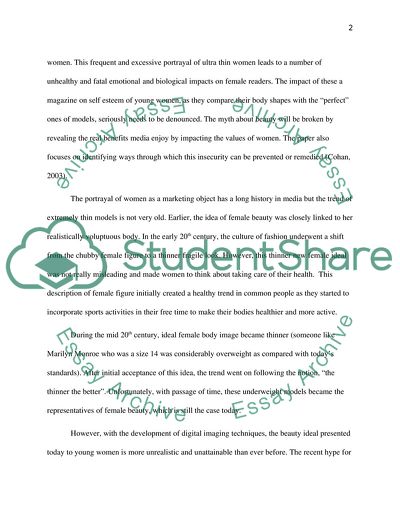Cite this document
(Influence of Advertising Magazines on Young Women Self Esteem Essay, n.d.)
Influence of Advertising Magazines on Young Women Self Esteem Essay. https://studentshare.org/marketing/1732234-influence-of-advertising-magazines-on-young-women-self-esteem-and-ways-to-remedy
Influence of Advertising Magazines on Young Women Self Esteem Essay. https://studentshare.org/marketing/1732234-influence-of-advertising-magazines-on-young-women-self-esteem-and-ways-to-remedy
(Influence of Advertising Magazines on Young Women Self Esteem Essay)
Influence of Advertising Magazines on Young Women Self Esteem Essay. https://studentshare.org/marketing/1732234-influence-of-advertising-magazines-on-young-women-self-esteem-and-ways-to-remedy.
Influence of Advertising Magazines on Young Women Self Esteem Essay. https://studentshare.org/marketing/1732234-influence-of-advertising-magazines-on-young-women-self-esteem-and-ways-to-remedy.
“Influence of Advertising Magazines on Young Women Self Esteem Essay”. https://studentshare.org/marketing/1732234-influence-of-advertising-magazines-on-young-women-self-esteem-and-ways-to-remedy.


